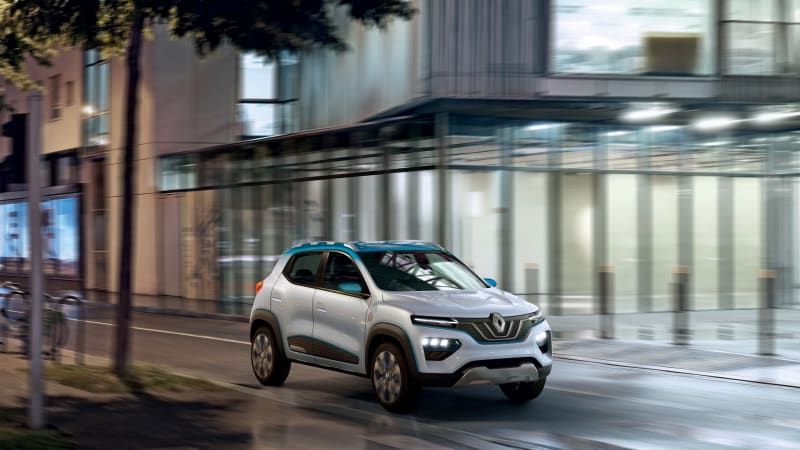Audi Repair Shop Doylestown
Call 267 279 9477 to schedule a appointment

The
K-ZE is a small
that signals a big change in how the French automaker plans on bringing
to the masses. Set to go on sale in China beginning in 2019, the K-ZE is meant to have the design of a sport-utility vehicle, but it’s on a supermini-sized frame. While it’s set to arrive in Europe by 2021, this petite
could eventually impact electric sales here in the U.S., too.
That’s because
, maker of the
, is part of the Renault-Nissan-Mitsubishi Alliance, a three-pronged automaker with a huge global presence. In China, however, the
brand has been absent from the country’s booming market for electric vehicles — driven in large part by government mandates to combat air pollution by promoting cleaner, zero-emission cars and trucks in cities.
Speaking ahead of the K-ZE’s debut this week at the
, Carlos Ghosn, the chairman and CEO of Group Renault, stated the company “was a pioneer and is the European leader in electric vehicles.” To this, he added the K-ZE is meant to have global reach and bring costs down for the consumer. “We are introducing Renault K-ZE, an affordable, urban, SUV-inspired electric model combining the best of Groupe Renault: our leadership in EV, our expertise in affordable vehicles and in forging strong partnerships,” said Ghosn.
In China, the K-ZE will be manufactured as part of a joint partnership in cooperation with Renault,
and the Chinese automobile firm
. The range of the K-ZE is expected to be about 150 miles per charge, or roughly the current range in the 2018 Leaf EV.
Except the K-ZE is almost three feet shorter than the Leaf, which means Renault is getting a lot more range from a smaller and lighter amount of batteries.
While a car this size would be too small for the U.S. market, the technology beneath this teeny hatchback/SUV is certain to make an appearance here in the years ahead. At the 2018
, Nissan provided a hint of its future European EV plans,
courtesy of the IMx Kuro Concept
. This edgy-looking electric
is a good indication as to the design direction of Nissan’s next range of electric crossovers and SUVs over the next 3-5 years — look for the design and tech to similarly migrate stateside.
The wait for the IMx Kuro concept’s brain-to-vehicle technology — the car’s onboard Artificial Intelligence system can read a driver’s brainwaves, then adjusts the vehicle’s driving dynamics accordingly — is probably more than a few model years (or decades) down the road, however.
Related Video:
from Autoblog https://ift.tt/2NXzWHG
